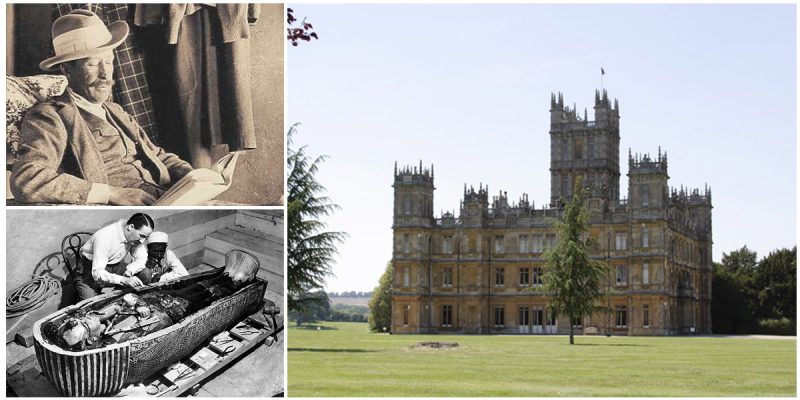The castle that many people remember from the TV drama Downton Abbey is Highclere Castle in Hampshire.
The country house was built by the architect Charles Barry in the Jacobean style. It is surrounded by a magnificent park that was designed by the famous landscape designer Capability Brown. The house is best known as the seat of the Earls of Carnarvon. During July and August, it is open to the public and visitors can marvel at the beautiful interior and the splendid gardens.
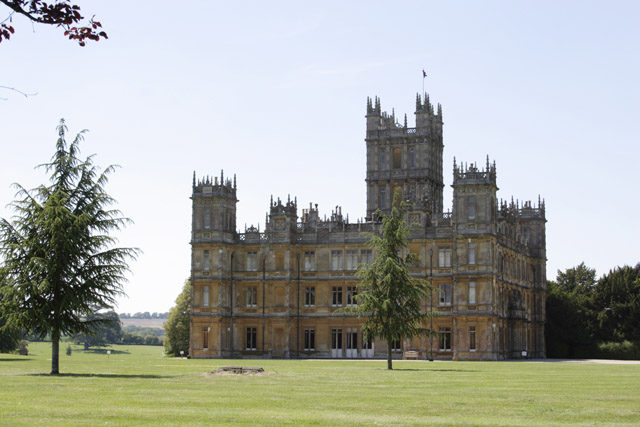
On the site where the castle stands, an earlier house stood that itself was built on the remains of a medieval palace that belonged to the bishops of Winchester. The bishops owned this estate since the 8th century, and there is a record of the site in the Domesday Book. It became the home of the Earls of Carnarvon in 1679, and it is best remembered for the 5th earl, George Herbert. He is best-known for his involvement in the excavation of Tutankhamun’s tomb in the Valley of the Kings. George was a very enthusiastic amateur Egyptologist who began excavations in 1906 in Thebes.
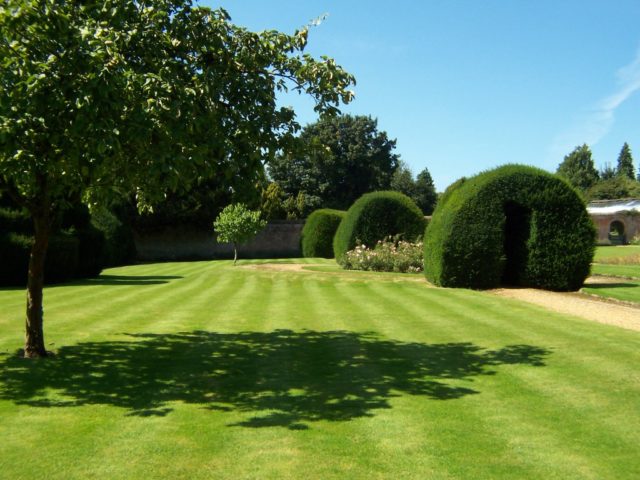
As an amateur, George felt that he needed an expert in the field on his side, so he asked Howard Carter, a former official of the Antiquities Department in Egypt to join him. It is said that Carter was introduced to the Earl by Gaston Maspero, the director of the Antiquities Department at the time.
George wanted him to be his supervisor, and together they published a lot of their work, including some discoveries made in 1912 in the tombs of the 12th and 18th dynasties. The book was called Five Years’ Exploration at Thebes.

In 1914, the Earl received the concession to dig in the Valley of the Kings. He replaced the previous digger, Theodore Davis, who had resigned. In 1922, together with Carter, the Earl finally opened the tomb of Tutankhamun and revealed some of the most fascinating treasures in the history of archaeology. The chamber of the tomb was opened on February 16, 1923, and the sarcophagus was discovered on January 3, 1924.
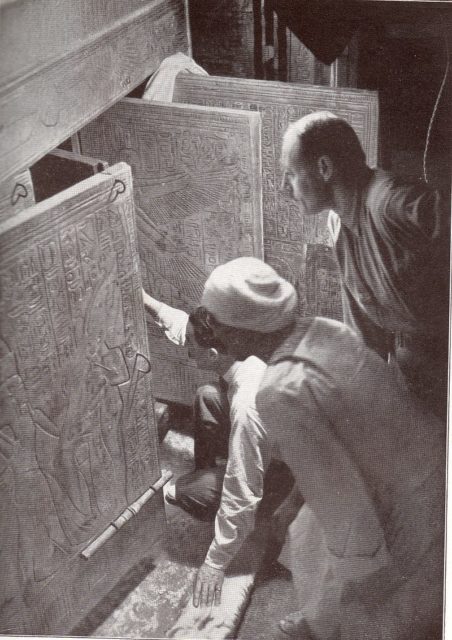
In the meantime, the earl had been bitten by a mosquito when he went to see the opened chamber of the tomb and suffered a severe infection. He died on April 5, 1923, in Cairo’s Continental-Savoy Hotel.
This tragic event led to the story of the “Curse of Tutankhamun” or the “Mummy’s Curse.”
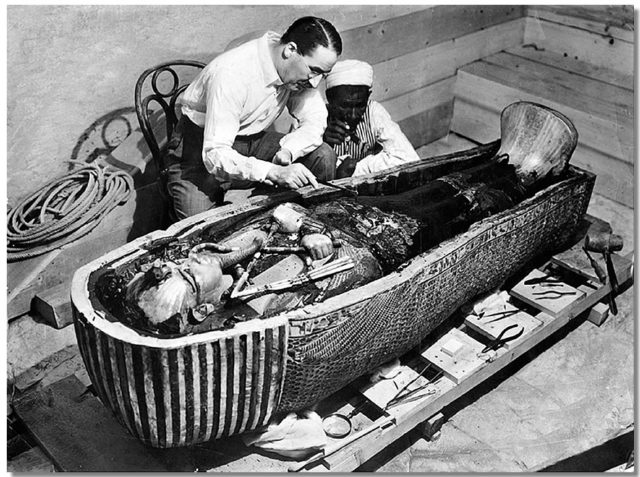
This curse, known as the curse of the pharaohs, is cast upon any person who disturbs one of the ancient Egyptian rulers. It is believed that many archaeologists and treasure thieves have fallen ill or even died. The case of George Herbert’s death opened a lot of debate as to whether the curse is real or not. But most historians say no curse has ever been found in the Pharaoh’s tomb, and they claim that it is just a hoax.
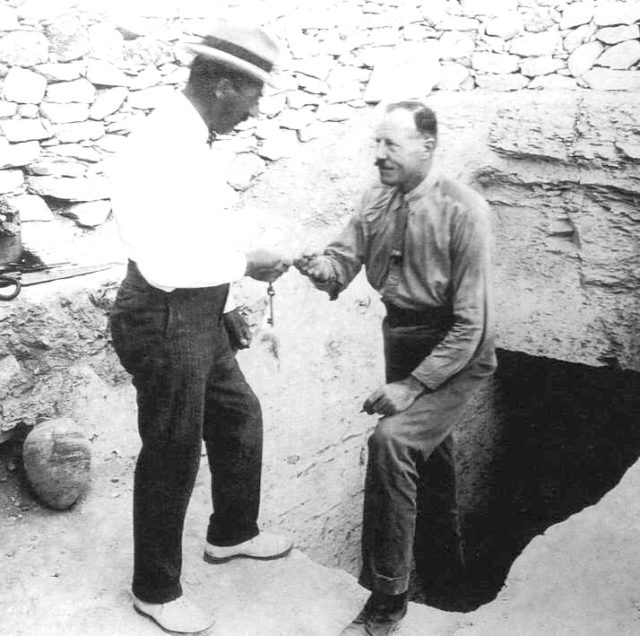
The excitement about the case grew rapidly because only two weeks before the earl’s death, Marie Corelli wrote a letter that creatively expounded the idea of a curse, and it was published in the New York World magazine.
In the letter, she quoted from an obscure source that this kind of intrusion on a Pharaoh’s tomb would not go unpunished. Soon after the letter was published, a mummy was removed from the Palazzo Chigi, which was a gift from Egypt to Benito Mussolini.
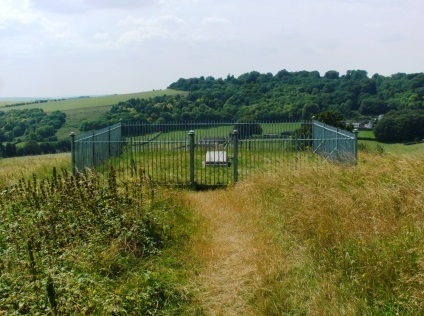
Later studies showed that, out of the 58 people who were there during the excavation, only eight had died within a dozen years. All the others were alive, including Howard Carter. Still, there were several incidents that kept the story of the curse in the public’s imagination, one of them being that of George Jay Gould I, who died in 1923 of a fever after visiting the tomb.
Read another story from us: Italy is giving away 100 castles, villas, and monasteries for free
Skeptics pointed out that up to the present day, a lot of people have visited the grave and have lived long and happy lives. The earl’s tomb is located on an ancient hill fort on top of Beacon Hill in Hampshire.
